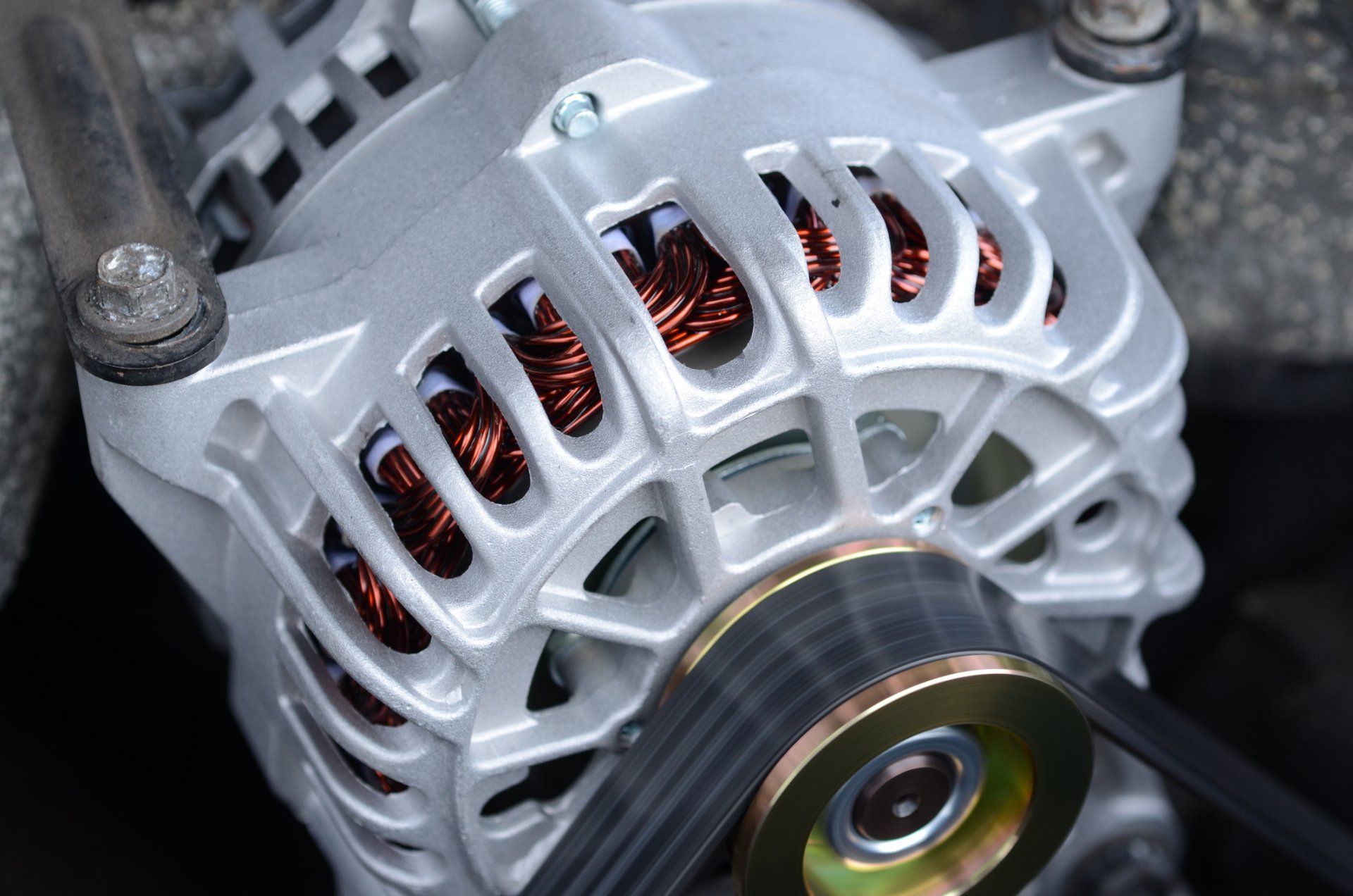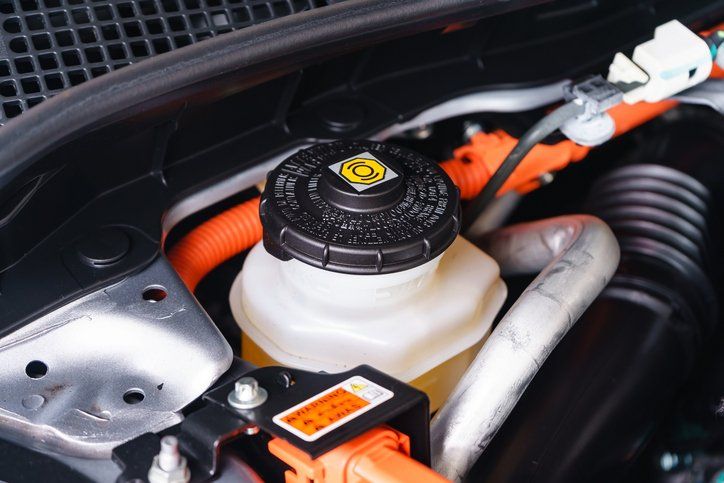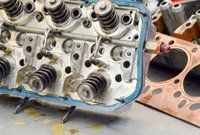
The majority of transmission problems stem from a single problem: overheating. Of course, numerous different factors may cause a transmission to overheat, including hot weather, low fluid levels, and excessive load weights. But no matter the cause of overheating, damage results quickly as transmission temperatures climb above a temperature limit of 200 degrees
Fahrenheit.
Unfortunately, many car owners fail to recognize the signs of overheating until it's too late, often ending up with exorbitant repair bills as a result. If you would like to arm yourself with useful automotive troubleshooting skills, keep reading. This article takes a closer look at three common signs of transmission overheating.
1. Acrid Burning Odor
Transmissions change gears using principles of hydraulic power. Hydraulic systems use liquid to transfer force from one part of the system to another. In the case of a transmission, the fluid in question is a type of oil known as transmission fluid.
Not only does transmission fluid allow force to pass between different parts of the transmission, but it also provides vital lubrication to the system. In addition, transmission fluid helps to regulate internal temperatures. As fluid moves through the system, it absorbs heat. The fluid then carries this heat out of the transmission to the radiator, where the heat moves into the coolant.
Transmission fluid's ability to perform this vital function decreases as it ages. The forces of oxidation gradually cause the internal structure of the fluid to break down, making it less capable of reducing friction and absorbing heat. Eventually, the fluid degrades to the point that overheating occurs.
Fresh transmission fluid is a bright red that resembles cough syrup. The more fluid ages, however, the darker it becomes. At a certain point, the fluid actually starts to burn and turn black. This stage of oxidation tends to produce harsh and unpleasant fumes that can often be detected inside of the car. Such smells provide a strong warning that your transmission may be overheating.
2. Slow Response Times
A transmission stands a much greater chance of overheating if fluid levels drop too low. In that case, your transmission simply doesn't have the fluid it needs to keep its temperature within acceptable levels. Wise car owners should, therefore, have their transmission fluid levels checked on a regular basis.
Yet you may be able to diagnose low fluid levels - and also transmission overheating - without even popping your hood. Low fluid levels can also cause a transmission to experience noticeable delays when shifting between gears. Simply put, the transmission doesn't contain enough fluid to readily transmit pressure.
As a result, a lag often occurs as the transmission struggles to enact the desired gear change. If you have noticed such lags occurring in your car, your transmission may also be at a pronounced risk of overheating.
3. Transmission Slipping
As transmission fluid ages, it also loses its ability to provide smooth shifting between gears. The same holds true for transmission fluid that has become excessively contaminated by debris or foreign matter. In either of those cases, fluid degradation may lead to a pronounced tendency to slip out of gear. Overheating almost always accompanies this issue.
Be aware, however, that other factors may lead to transmission slipping. Worn internal gears, problems with your clutch, and faulty transmission bands can all contribute to slipping. Therefore, you should take your car in for a professional evaluation as soon as possible if you have noticed your transmission slipping.
Overheating remains one of the most common causes of transmission damage - as well as one of the most preventable. For more information about how to keep your transmission within safe temperature levels, please contact the auto repair pros
at Midway Garage & Salvage LLC.


















